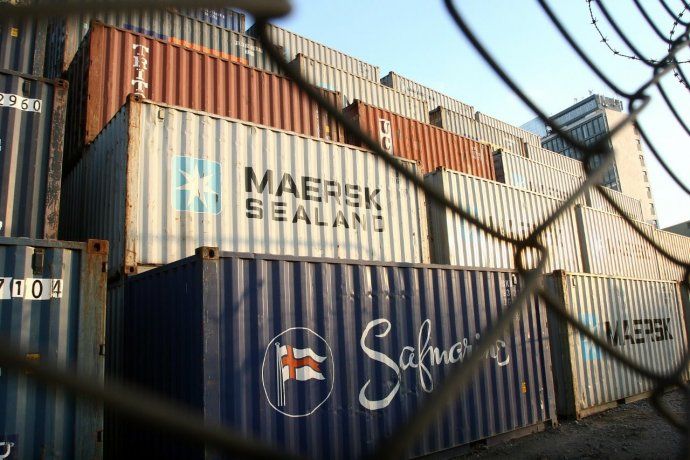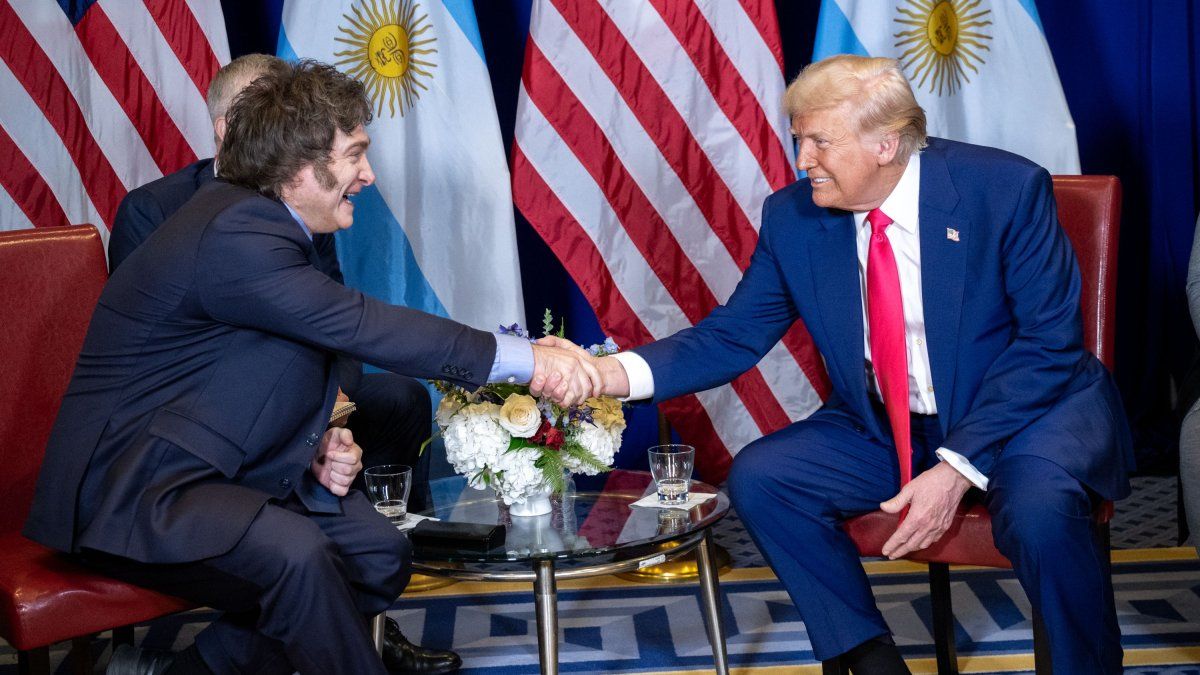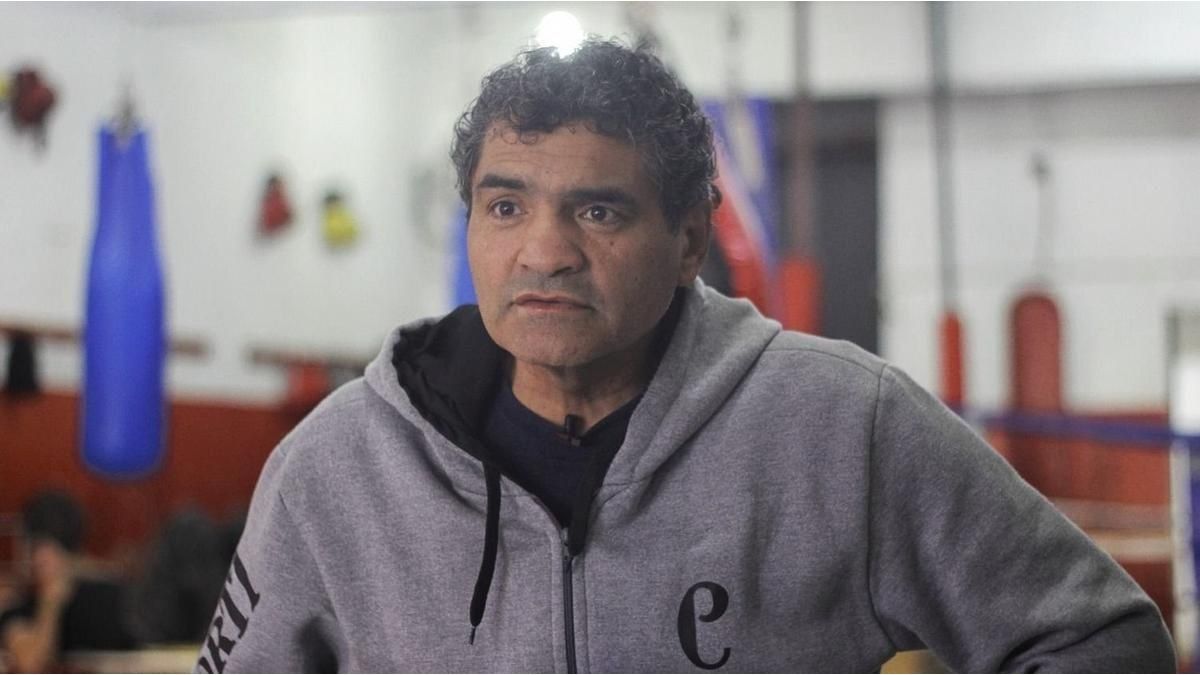Despite the financial turbulence that led the dollar to record levels, the government of Javier Milei It has something to celebrate. First with the good news that the IMF approved the review of the agreement and will disburse other US $ 2,000 million. But also because it benefited in the commercial war that launched Donald Trump and USA only It will apply an additional 10% as a tariff to Argentina’s products.
As scope had anticipated, negotiations between Argentina and the US were aimed. There was expectation in the government and Milei himself, who traveled to the American lands more than he visited Argentine provinces, had anticipated that they expected very good news. Finally, they materialized.
Among the 70 most affected countries the minimum tariffs start from 15%. But in the case of Argentina, which immediately began negotiating with the US in April just Trump announced the beginning of the commercial war, it will be additional of 10%.
Although Argentina does not appear among countries directly reached by sanctions, the US protectionist turn can have indirect effects. Restrictions to Asian competitors could open some window for local exporters – for example, in food or minerals – but could also make industrial supplies more expensive or reduce global liquidity, in a context in which the Argentine government is committed to recovering exports and access to external credit.
Trump unleashes a commercial war
In a hardening of its protectionist policy, Trump announced new tariffs up to 40% for more than 70 countries. Europe, India and China are among the main affected. Argentina, on the other hand, among those who less.
According to the White House, the decision seeks to respond to “an extraordinary threat” derived from persistent commercial deficits and the lack of reciprocity in agreements with other countries. The decree establishes new differentiated tariffs – which go from 10% to 41% – and hardens controls to avoid indirect income of products through third countries.
Trump USA Tariffs
Who are the most affected
Europe is among the main recipients of the measure. All imported goods from the European Union that currently pay less than 15% will automatically pay that tariff floor. For products with higher tariffs, there will be no changes, which leaves margin for adjustments according to each sector.
Other countries such as India, Taiwan, Vietnam and Indonesia will face increases between 19%and 25%, while nations with less industrial development – like Laos and Myanmar – will see their tariffs up up to 40%.
Even strategic allies such as the United Kingdom, Japan, South Korea, Switzerland and Israel were included in the scheme, although with more moderate rates. However, the decree clarifies that countries that “demonstrate substantial advances in bilateral negotiations” could be excepted. In that category are Brazil, Türkiye, Hungary and the United Kingdom itself.
Tariffs and triangulation punishments
The new tariff framework not only increases import rates, but also imposes sanctions on evasion practices. An extra 40% tariff is expected for products that, according to the Department of National Security or Customs, have been “transfined” from third countries to avoid the new levies.
In addition, the US government will publish every six months a list of facilities suspected of participating in this type of maneuvers, which opens the door to future commercial or financial sanctions.
imports-export-compio-contemporary-puerte-aduana-petunchi.jpg

A tensioning economy: inflation and global impact
The measure arrives at a delicate time for the US economy. According to data published this Thursday by the Department of Commerce, consumer spending – key motor of the economy, which represents more than two thirds of GDP – rose 0.3% in June, while personal income grew in the same proportion. However, the underlying inflation index (PCE) accelerated to 0.3% monthly and 2.8% year -on -year, a point that could complicate the federal reserve goals.
Economists warn that these new tariffs could be moved at internal prices, generate inflationary pressures and complicate global supply chains, affecting US manufacturers and companies around the world.
A Déjà Vu with more presidential power
This commercial hardening is not new for Trump. During his first term (2017-2021), he imposed rates on Chinese products, faced WTO and disarmed multilateral agreements. But now, with the reinforced control of the Republican Party in Congress and an even more emphatic speech in American “reindustrialization”, the president has a greater political margin to advance with unilateral measures.
“It’s time for them to respect us. Fair trade means fair tariffs,” Trump said from the White House when announcing the package.
Source: Ambito




